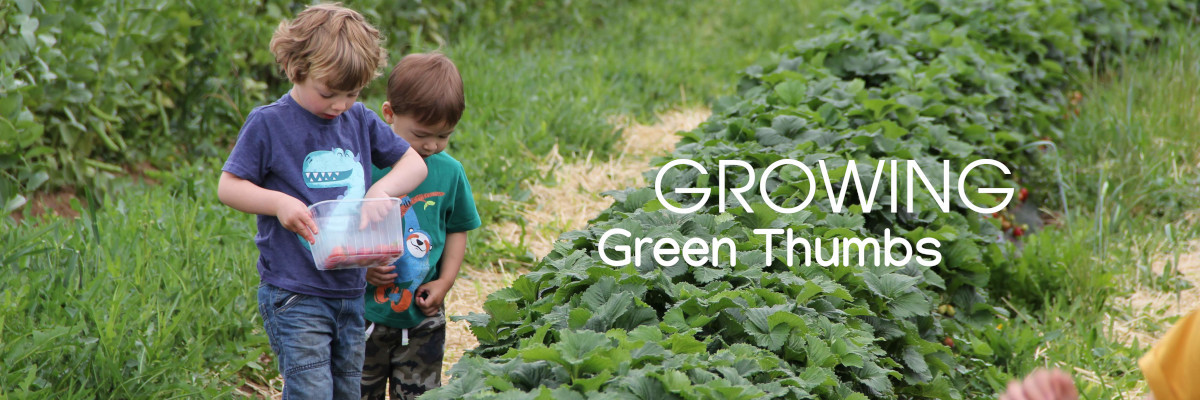How to Plan a Family Fruit and Vegetable Garden: Getting Kids Involved in the Process

I learned my fruit-growing skills while manuring strawberries with my Dad in the autumn. It was not the perfume most girls dream of, but it certainly taught me the value of collecting cow poo for fruit crops. Planning a family garden is not only about providing your children with a safe, quiet space to relax outdoors, but also about teaching them a valuable life skill. It can help them forget any bad moments at school, alleviate exam pressure, or simply enjoy being outdoors instead of staring at a screen.
How old are your children?
Teenagers may enjoy using VegPlotter to plan their garden digitally, which can help them visualize how many seeds can fit in a certain space and potentially lure them outdoors. If your children play a sport, ensure that the vegetable beds are placed well away from basketball or football nets.
For younger children, gardening may be more about having a place to play with pets or the opportunity to spot birds, ladybirds, or creepy crawlies. Whatever their motivation, build on that. Do you have a pond? It's an excellent addition for wildlife and can teach children about the fascinating life cycle of tadpoles and frogs. Consider installing a swing if you have big trees, and make the garden spaces playful with seating areas where they can relax. If they have a playhouse, you can give them a window box to try planting flowers, herbs, or vegetables.
How to plan the garden from scratch
First, determine whether your garden is shady or sunny and if you have tall trees. Take photos of your garden in the morning, at noon, and late afternoon to see where the sun visits first thing in the morning and throughout the day. Aim to plant sun-loving vegetables in the spot that receives the most sunshine. Don't worry if you have a lot of shade either. Some vegetables (like cucumbers), herbs (like mint), and flowers (like foxgloves, bluebells, and woodland plants) actually enjoy a bit of respite from hot summer days. Involve the children by having them draw their ideal garden while you do the same, and see if a compromise can be reached.
Preparing the vegetable bed is an important step, so get teenagers involved in digging the soil well and removing perennial weeds with long roots, such as nettles or dandelions. Make sure to wear gloves and have gloves available in different sizes.
If you're fortunate enough to have a large garden, consider using raised beds for vegetables. This allows for division into sections so that each person can grow what they want. However, it's important to teach children about the concept of crop rotation to prevent soil depletion. More information on crop rotation can be found below.
Essential Tools
Here are some essential tools for your family fruit and vegetable garden:
- A large spade or fork for digging over the ground
- A rake for lawn maintenance
- A strimmer or lawnmower for grass cutting
- Sharp secateurs (or pruning shears) for trimming branches that shade your vegetable patch
- Gloves in various sizes
- Several trowels and watering cans
- Seed sticks and colored pens to label their plants (make sure they are waterproof)
- Pea stakes, bamboo canes, or trellis for supporting climbing plants
- String and a pair of scissors for marking rows and tying plants
In a larger garden, a wheelbarrow can be helpful for collecting lawn mowings, compost, or autumn leaves. Children's toy wheelbarrows can be used to carry tools and plants.
Give everybody a space
In small gardens, give each child several pots or a small space in a bed and allow them to decorate the pots or create stone borders. Most children love getting messy, and this can even bring out their artistic side! They can recycle ice cream or yogurt containers to grow seeds. Buying a watering can that small hands can grip is also useful. As for your own gardening tools, the basics include a trowel and a large fork or spade for digging the ground initially. Sunflowers are usually a hit with all ages, but some of your children might want to try growing lettuce, carrots, peppers, fruit, or vibrant flowers to attract pollinators. Allow each person to design their own space and grow what they want.
It's also important to consider the needs of the adults in the household, including parents, grandparents, visiting teenagers, and children's parties. Adults and teenagers appreciate a comfortable space to relax, such as a bench or a sofa. This space can be as luxurious as you like or constructed from pallets and covered with cushions. A hammock is often a wonderful addition to any garden. Additionally, make sure there is a designated area where the family can eat together and sit with cold drinks while enjoying the sunset.
Only grow what your family likes eating
There's no point in growing delicious beetroot if nobody in the family enjoys it. Take your kids with you when choosing seeds, and involve them in the decision-making process. While everyone may want to grow pumpkins for Halloween, they might not realize how much space they require (they can stretch as long as 8 feet). Good starter choices include tomatoes, cucumbers, strawberries, peas, beans, pumpkins, sunflowers, and perhaps a square plot of sweetcorn. To encourage your children to try new tastes, consider the approach of "one new taste every day." After trying parsnips and beetroot in soup, they might give their seal of approval, but peas may not be a firm favorite in your house. That's okay—it leaves more for the adults!
How can children help?
Engage children by starting seeds indoors, such as salads and herbs, in early spring. Get them accustomed to daily watering and checking for any sprouts. As the weather warms up, assign each child their own little space to cultivate. Some may enjoy observing bugs, while others may prefer tying in peas and beans or picking fruit. A late-night slug and snail hunt with torches can be an exciting activity when the first plants are in the ground. Take buckets along and have a plan for where you will relocate any slimy intruders (such as a compost heap). Consider creating a measuring wall where children can track their heights and the growth of sunflowers, giving them an opportunity to practice using numbers.
Which vegetables suit family gardens?
Opt for quick-growing vegetables to keep young gardeners engaged. Radishes are a great choice as their seeds sprout and mature in just a few weeks. Sunflowers are another excellent option since they grow into enormous plants in less than a month. This allows children to partake in activities like measuring stem size and monitoring daily growth, which can also serve as math practice. Start tomatoes indoors in pots on sunny windowsills to give them a head start. Peas and beans started indoors will need stakes or a trellis to climb once they are planted outside. They require deep pots and have gorgeous flowers, making them both functional and decorative. Squashes like butternut and pumpkin, or a crop of sweetcorn, can provide fresh food from early peas and salads through to squash soup in early autumn.
Easy peasy fruit to try
If you have a large garden, why not plant trees with your children? Cherries can be quite expensive, so growing your own can be a rewarding experience. You may need to get a dwarf variety, or espalier the trees against a wall if space is limited. Apples are another great option, but be sure to choose a variety that suits your climate. Strawberries are easy and can be grown in pots or window boxes, allowing children to experience picking and eating their own fruit. If space is an issue, invest in a strawberry planter that allows multiple plants to grow vertically. Raspberries are a little more challenging but can be grown in containers. They are best eaten fresh but can also be used in baking.
Conclusion
Planning and creating a family fruit and vegetable garden can be a fun and rewarding experience for everyone involved. It not only provides an opportunity to teach children about nature, plants, and healthy eating but also fosters a sense of responsibility and pride. By getting kids involved in the process from start to finish, you can create a space where they can learn, play, and connect with the natural world. So grab your gardening tools, gather the family, and start planning your own little garden paradise!


